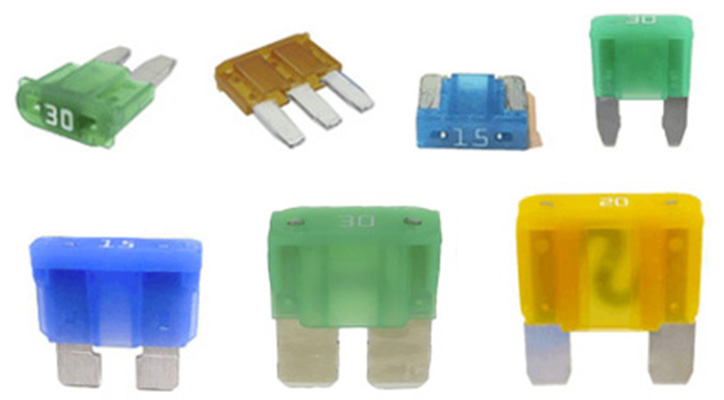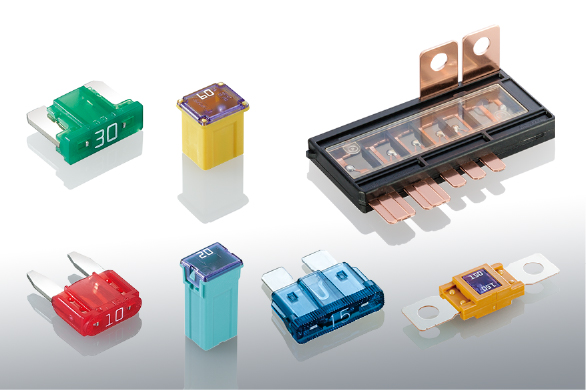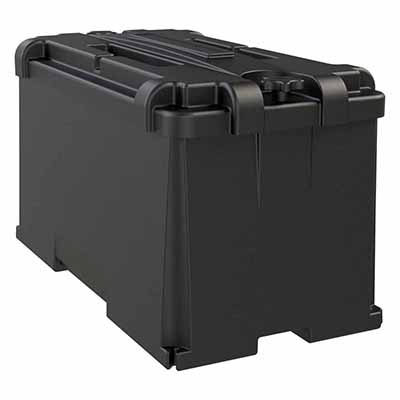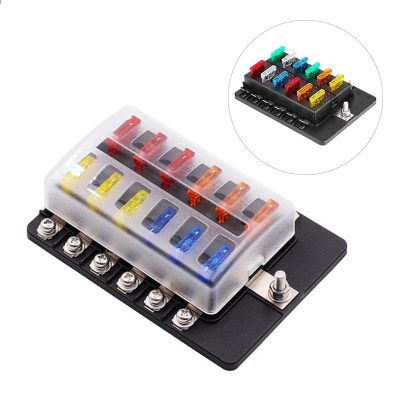The Use of Auto Fuses in Automotive Lighting Circuits to Prevent Bulb Damage and Enhance Safety
News 2025-10-24
In the automotive industry, protecting electrical systems is essential for reliable performance and safety. Auto fuses serve as critical safeguards in lighting circuits, where they interrupt excessive current to prevent bulb burnout and potential hazards. This protection is vital in modern vehicles, where lighting systems are integral to visibility and signaling. By incorporating auto fuses, manufacturers and technicians can ensure that components like bulbs withstand operational stresses without failure.

Application Scenarios
Auto fuses find extensive use in various automotive lighting applications. For example, in headlight circuits, they protect against short circuits caused by wiring faults or component failures. Tail light and turn signal systems also benefit, as fuses prevent damage from voltage surges during events like engine starts or electrical storms. In electric vehicles, fuses safeguard advanced LED arrays, maintaining functionality in diverse driving conditions and enhancing overall vehicle reliability.
Performance Advantages
Auto fuses offer key benefits by responding rapidly to overcurrent situations, breaking the circuit to avoid overheating and bulb destruction. This quick action not only prolongs the lifespan of lighting components but also minimizes repair costs and downtime. Their compact design allows seamless integration into tight automotive spaces, while standardized ratings ensure compatibility across different vehicle models, providing consistent protection and supporting efficient maintenance practices.
Frequently Asked Questions
1. What is an auto fuse?
An auto fuse is a protective device that melts to break an electrical circuit when current exceeds safe levels, preventing damage.
2. How do I select the correct fuse for a lighting circuit?
Choose a fuse based on the circuit’s amperage requirements, ensuring it matches the load to avoid false trips or inadequate protection.
3. What causes frequent fuse failures in lighting systems?
Frequent failures often result from underlying issues like short circuits or worn wiring; diagnosing and fixing these problems is crucial for reliability.


